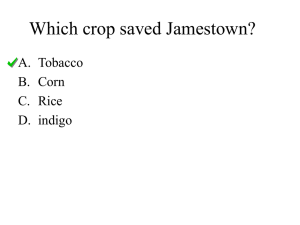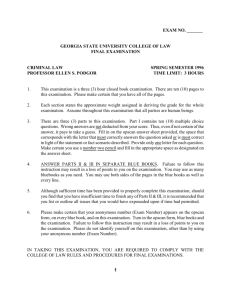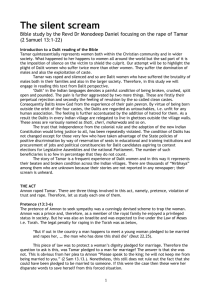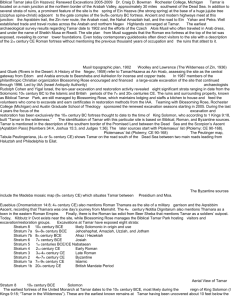The biogeochemistry of nutrients in the Tamar Catchment
advertisement
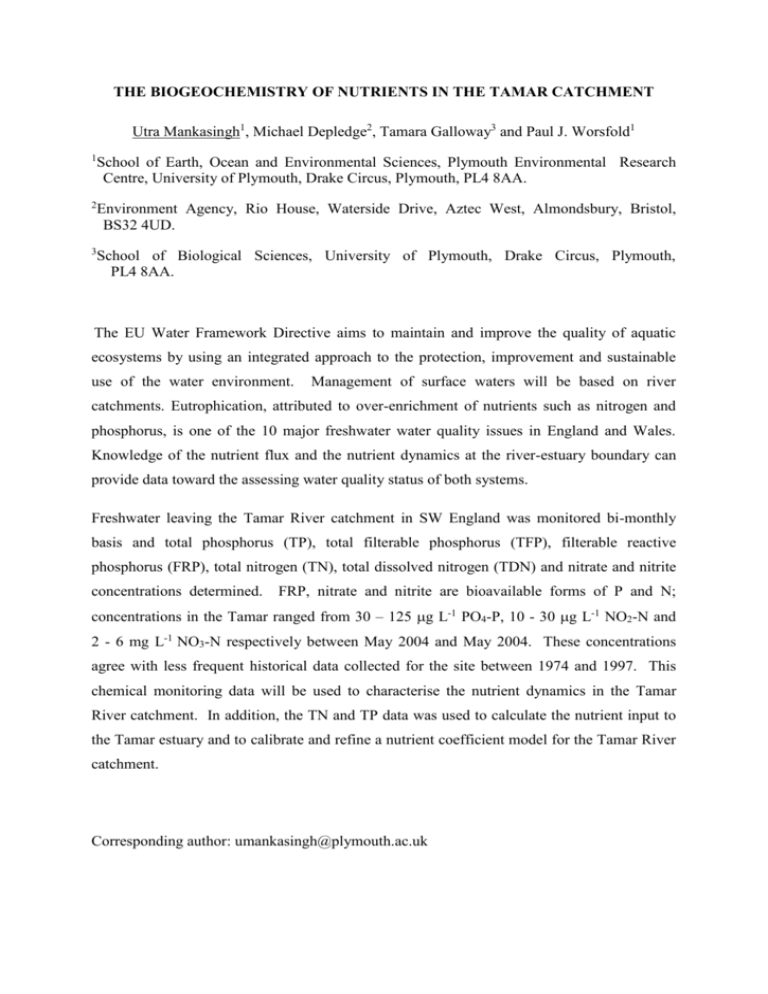
THE BIOGEOCHEMISTRY OF NUTRIENTS IN THE TAMAR CATCHMENT Utra Mankasingh1, Michael Depledge2, Tamara Galloway3 and Paul J. Worsfold1 1 School of Earth, Ocean and Environmental Sciences, Plymouth Environmental Research Centre, University of Plymouth, Drake Circus, Plymouth, PL4 8AA. 2 Environment Agency, Rio House, Waterside Drive, Aztec West, Almondsbury, Bristol, BS32 4UD. 3 School of Biological Sciences, University of Plymouth, Drake Circus, Plymouth, PL4 8AA. The EU Water Framework Directive aims to maintain and improve the quality of aquatic ecosystems by using an integrated approach to the protection, improvement and sustainable use of the water environment. Management of surface waters will be based on river catchments. Eutrophication, attributed to over-enrichment of nutrients such as nitrogen and phosphorus, is one of the 10 major freshwater water quality issues in England and Wales. Knowledge of the nutrient flux and the nutrient dynamics at the river-estuary boundary can provide data toward the assessing water quality status of both systems. Freshwater leaving the Tamar River catchment in SW England was monitored bi-monthly basis and total phosphorus (TP), total filterable phosphorus (TFP), filterable reactive phosphorus (FRP), total nitrogen (TN), total dissolved nitrogen (TDN) and nitrate and nitrite concentrations determined. FRP, nitrate and nitrite are bioavailable forms of P and N; concentrations in the Tamar ranged from 30 – 125 g L-1 PO4-P, 10 - 30 g L-1 NO2-N and 2 - 6 mg L-1 NO3-N respectively between May 2004 and May 2004. These concentrations agree with less frequent historical data collected for the site between 1974 and 1997. This chemical monitoring data will be used to characterise the nutrient dynamics in the Tamar River catchment. In addition, the TN and TP data was used to calculate the nutrient input to the Tamar estuary and to calibrate and refine a nutrient coefficient model for the Tamar River catchment. Corresponding author: umankasingh@plymouth.ac.uk





